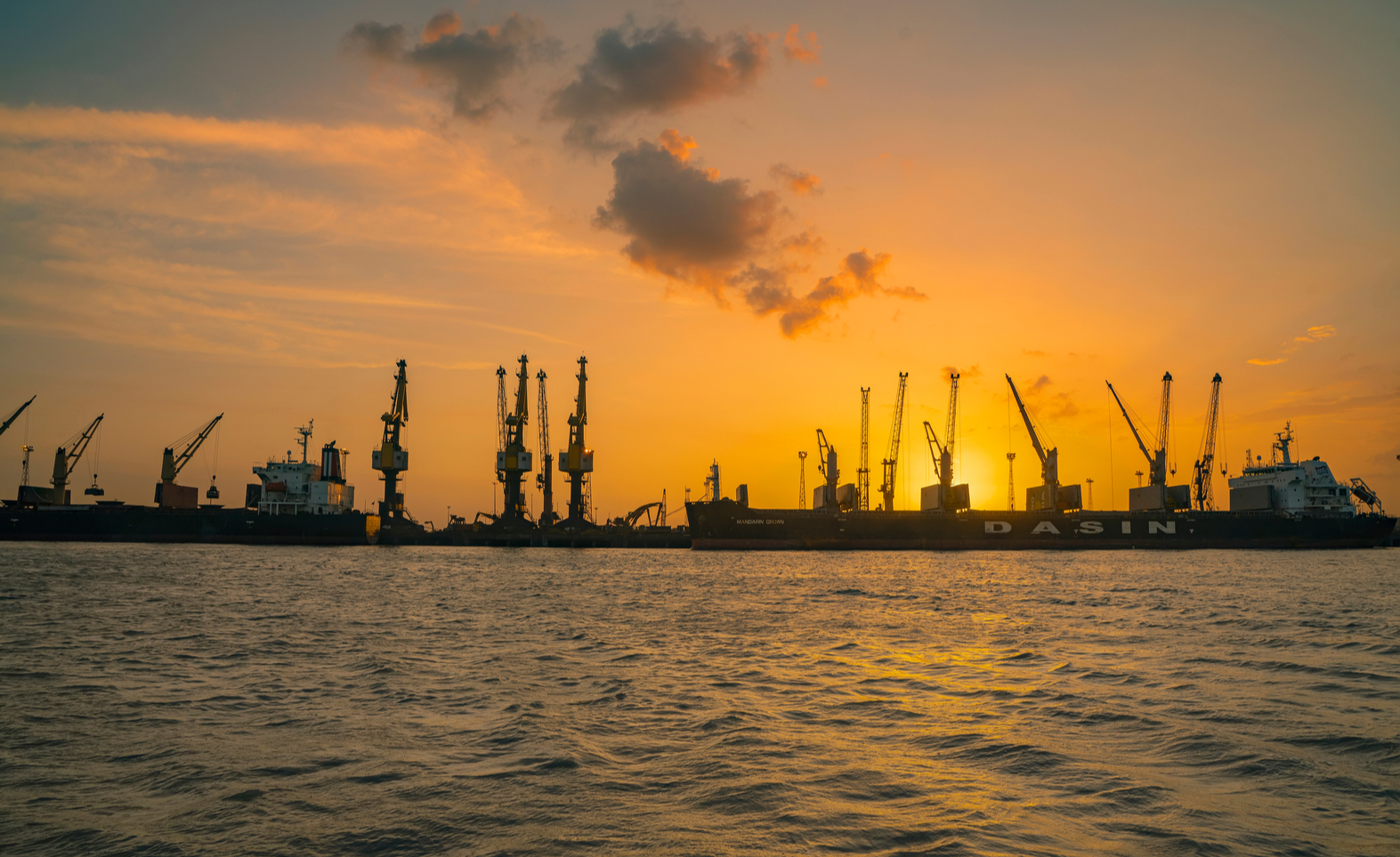
March 4, 2021
India Maritime Summit was the largest virtual summit in the world, with more than 1.7 lakh participants from 100 countries.
Inaugurated by Hon’ble PM Modi, this Summit unveiled the e-book of India Maritime Vision 2030, boosting India’s economic growth.
With a US$ 82 bn investment, India aims to increase her share of clean renewable energy sources in the maritime sector by 2035.
Maritime Vision 2030 shall invest US$ 41.28bn in port projects, thereby generating nearly 2 million employment opportunities.

In a recent video conferencing event, Hon’ble PM Shri Narendra Modi inaugurated the Maritime India Summit 2021. India Maritime Summit is one of the biggest virtual summits in the world with the participation of more than 1.70,000 registered participants from more than 100 nations. Attendees included the Minister of Transport, Denmark, Mr Benny Englebrecht, Chief Ministers of Gujarat and Andhra Pradesh, Union Ministers Shri Dharmendra Pradhan and Union Minister of State (I/C) for Ports, Shipping & Waterways, Shri Mansukh Mandaviya. It was at this same conference that PM Modi unveiled the e-book “Maritime India Vision 2030” along with the e-plaque of ‘Sagar-Manthan’: Mercantile Maritime Domain Awareness Centre (MM-DAC). The latter being an information system for enhancing maritime safety, search and rescue capabilities, security, and marine environment protection.
At this virtual conference, India’s plans for boosting development and growth for its Maritime sector was the focal point of all discussions. With an aim to raise her share of clean renewable energy sources in the maritime sector, develop waterways and boost tourism around lighthouses as part of port-led development, India will invest US$ 82 bn in ports by the year 2035. The capacity of major ports in India have increased from 870 million tonnes to 1550 million tonnes now and have measures such as Direct port Delivery, Direct Port Entry, and an upgraded Port Community System (PCS) which enables easy data flow, thereby reducing waiting time for inbound and outbound cargo. The Prime Minister extended an invitation to investors across the world to invest in Indian ports, shipyards, and waterways. The government’s focus is on upgrading current infrastructure, thereby boosting the reform journey, and enabling a cost effective and environment friendly way for transporting freight by operationalising 23 waterways by 2030. The Summit brings together many stakeholders related to this sector. One key discussion in the Summit was the unveiling of the Maritime India Vision 2030, which is essentially a 10-year roadmap which revamps the Indian maritime sector.
With an aim to ensure a US$ 41.28bn investment in port projects, the Maritime Vision 2030, seek to generate 2 million employment opportunities, thereby unlocking an annual revenue potential for major ports worth over US$ 2.75bn. To increase the volumes of Indian cargo from 25% in 2020 to 75% in 2030, the government is also planning to operationalise the Vizhinjam port and development of the trans-shipment zone in Kanyakumari and Champbell Bay.
India’s Ease of doing business, is also supported by this vision, by implementing an Enterprise Business System (EBS) to simplify and digitize processes across Major Ports by 2021, developing National Marine Logistics Portal to implement completely paperless processes including online payment and a unified ship e-registration portal. Industrialisation and digitisation of the major ports would help the nation realise a revenue of over US$ 1.38bn, while generating a saving of US$ 2.75bn. It seems economical to shift shipping from road/rail to coastal shipping as it would save approximately US$ 1.24-1.38bn.
The Maritime Vision 2030 also facilitates the development of green sustainable ports with an aim to increase India’s share of renewable energy to over 60 per cent by 2030 from current levels of less than 10 per cent besides promoting waste to wealth through sustainable dredging and domestic ship recycling and aims at reaching the target of Zero Accident Ports by 2022. This will be another feather in India’s cap in its journey towards achieving a more sustainable and circular economy.
Under the aegis of her “Make in India, Make for the World” initiative, India aims to become a leading ship building country by 2030. To achieve the same, the government has envisaged setting up of a maritime development fund to provide low cost, long term funding to maritime sector stakeholders, to develop dedicated cruise terminals at 12 selected ports, promoting cruise tourism – pilgrim, heritage, ayurvedic & wellness, island tourism and regional international circuit, including countries like India, Sri Lanka, Myanmar and Thailand.
*****************************
The Indian Maritime Summit brought together a plethora of stakeholders to boost the Indian Maritime economy. In light of this, the Ministry shared it plans to simplify and smoothen the operations of major ports converting them to ”intelligent ports” as envisioned in Maritime India Vision-2030. With its rich maritime history India is a natural leader in this sector. For aeons together, Indian ports have been important trading centres, and this is an opportune moment for other countries to invest in India’s maritime sector and be part of India’s growth trajectory as it emerges as one of the leading blue economies of the world.